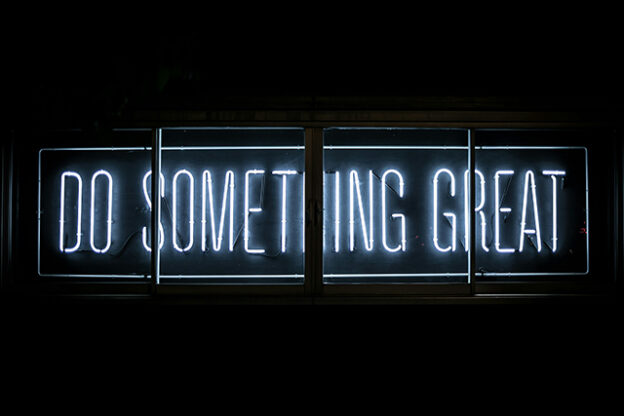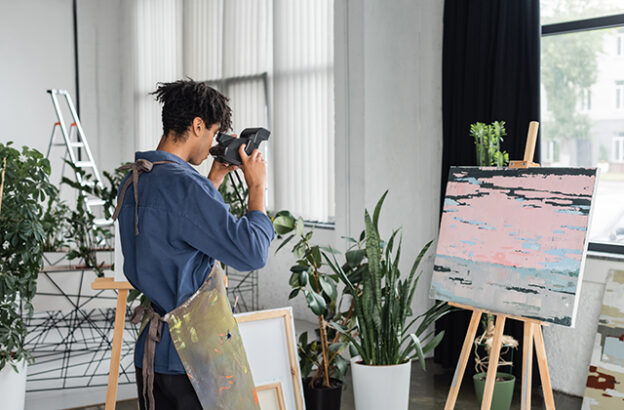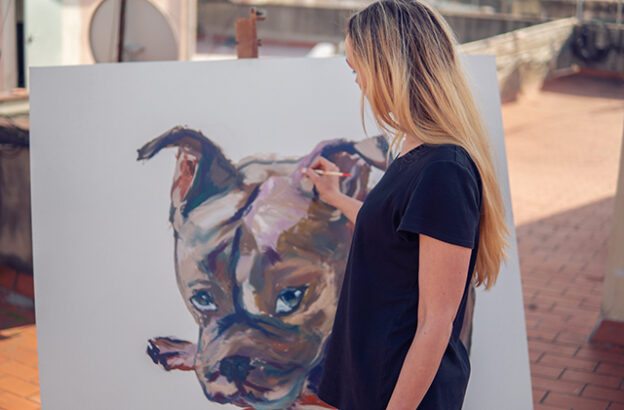In today’s competitive marketplace, businesses are constantly searching for innovative and cost-effective ways to promote their brand. Traditional advertising channels like billboards and television commercials can be expensive, while digital marketing can feel crowded and impersonal. Enter the world of vehicle stickers—a powerful yet often underestimated tool in the realm of mobile marketing. For businesses in bustling cities like Sydney, stickers on vehicles offer a dynamic way to grab attention, build brand awareness, and reach a wide audience.
What Are Vehicle Stickers?
Vehicle stickers, also known as car decals or vehicle wraps, are custom-designed graphics applied to the surface of a vehicle. These stickers can range from small logos placed on a car door to full-vehicle wraps that cover an entire van or truck. They are made from durable materials like vinyl, which withstands weather and wear, ensuring the design remains vibrant and professional over time.
The Power of Mobile Marketing
Mobile marketing refers to advertising campaigns that move with your audience. Unlike static billboards, vehicle stickers turn your car, truck, or van into a moving advertisement, reaching potential customers wherever you go. Here’s why mobile marketing through vehicle stickers is so effective:
- High Visibility In a city like Sydney, where traffic is a daily reality, a vehicle adorned with eye-catching stickers can make thousands of impressions each day. Whether stuck in traffic, parked at a shopping center, or cruising through the suburbs, your branded vehicle becomes a traveling billboard.
- Cost-Effective Advertising Vehicle stickers are a one-time investment with long-lasting benefits. Unlike recurring expenses for digital ads or print campaigns, a well-designed vehicle wrap continues to promote your business for years without additional costs.
- Non-Intrusive Marketing Unlike pop-up ads or telemarketing calls, vehicle stickers offer a passive form of advertising. They catch the eye without disrupting the audience’s day, creating a positive association with your brand.
- Expansive Reach A vehicle with stickers can travel anywhere, taking your brand to places traditional ads might not reach. This flexibility allows businesses to target diverse neighborhoods and demographics.
How Vehicle Stickers Transform Business Promotions
- Building Brand Awareness A consistent and professional design on your vehicle creates a strong visual identity for your brand. Over time, people begin to recognize your logo, colors, and tagline, making your business top-of-mind when they need your services.
- Creating Trust and Credibility Professionally designed stickers signal that your business is established and reputable. Customers are more likely to trust a company with a branded vehicle than one with no visible branding.
- Encouraging Local Engagement For businesses in Sydney, vehicle stickers act as a direct connection to the local community. Seeing your brand on the road or in familiar locations reinforces your presence and commitment to serving the area.
- Showcasing Services and Promotions Vehicle stickers can be updated to highlight specific services or promotions. For example, a plumbing company in Sydney might use stickers to advertise emergency services or seasonal discounts, ensuring the message is always relevant.
Designing Effective Vehicle Stickers
To maximize the impact of your stickers, thoughtful design is essential. Here are some tips for creating effective vehicle stickers:
- Keep It Simple A clean, uncluttered design is easier to read and remember. Focus on essential information like your logo, contact details, and a brief tagline.
- Use Bold Colors Bright and contrasting colors ensure your stickers stand out on the road. Consider your brand colors and how they will appear against the color of your vehicle.
- Prioritize Legibility Choose fonts that are easy to read from a distance. Avoid overly decorative fonts that might be hard to decipher at a glance.
- Incorporate Your Logo Your logo is the cornerstone of your branding. Make sure it’s prominently displayed and proportional to the size of the vehicle.
- Add a Call to Action Encourage viewers to take the next step, whether it’s visiting your website, calling your number, or following your social media handles.
Why Stickers Sydney Businesses Should Use Vehicle Stickers
Sydney’s dynamic urban landscape offers countless opportunities for businesses to benefit from mobile marketing. Here’s why stickers are particularly effective in this bustling city:
- High Traffic Volume With heavy traffic on major roads like the Sydney Harbour Bridge and Parramatta Road, vehicle stickers can capture the attention of countless drivers and pedestrians each day.
- Diverse Demographics Sydney’s multicultural population means your vehicle stickers have the potential to reach a broad and varied audience, enhancing brand visibility across different communities.
- Tourist Hotspots From Bondi Beach to Circular Quay, Sydney attracts millions of tourists annually. Branded vehicles driving through these iconic locations can significantly boost your business’s exposure.
- Eco-Friendly Marketing Many businesses in Sydney are committed to sustainability. Vehicle stickers made from eco-friendly materials align with these values, offering a green alternative to disposable advertising materials.
Measuring the Success of Vehicle Stickers
To ensure your investment in vehicle stickers delivers results, track their impact using the following methods:
- Monitor Website Traffic Include your website URL on your stickers and check for increased traffic, especially from mobile devices.
- Use Unique Contact Details Assign a specific phone number or email address to your vehicle stickers to track leads generated through this channel.
- Survey Customers Ask new customers how they heard about your business. If they mention seeing your vehicle, you’ll know your stickers are working.
- Social Media Engagement Encourage people to tag your branded vehicle on social media. This not only tracks visibility but also boosts online engagement.
The Future of Vehicle Stickers in Marketing
As technology advances, vehicle stickers are evolving to include interactive elements. QR codes and augmented reality (AR) features can turn a static sticker into an engaging experience, allowing potential customers to interact with your brand in new and exciting ways.
Conclusion
Vehicle stickers are a powerful tool in the modern marketer’s arsenal. They offer a cost-effective, non-intrusive, and highly visible way to promote your business while driving through Sydney’s vibrant streets. By investing in well-designed stickers and leveraging their potential, businesses can transform their vehicles into mobile marketing machines, ensuring their brand is seen and remembered. In a city as dynamic as Sydney, stickers are not just an accessory; they’re a strategic asset that drives growth and success. Click resources here of vibrant stickers for your store advertisement.


